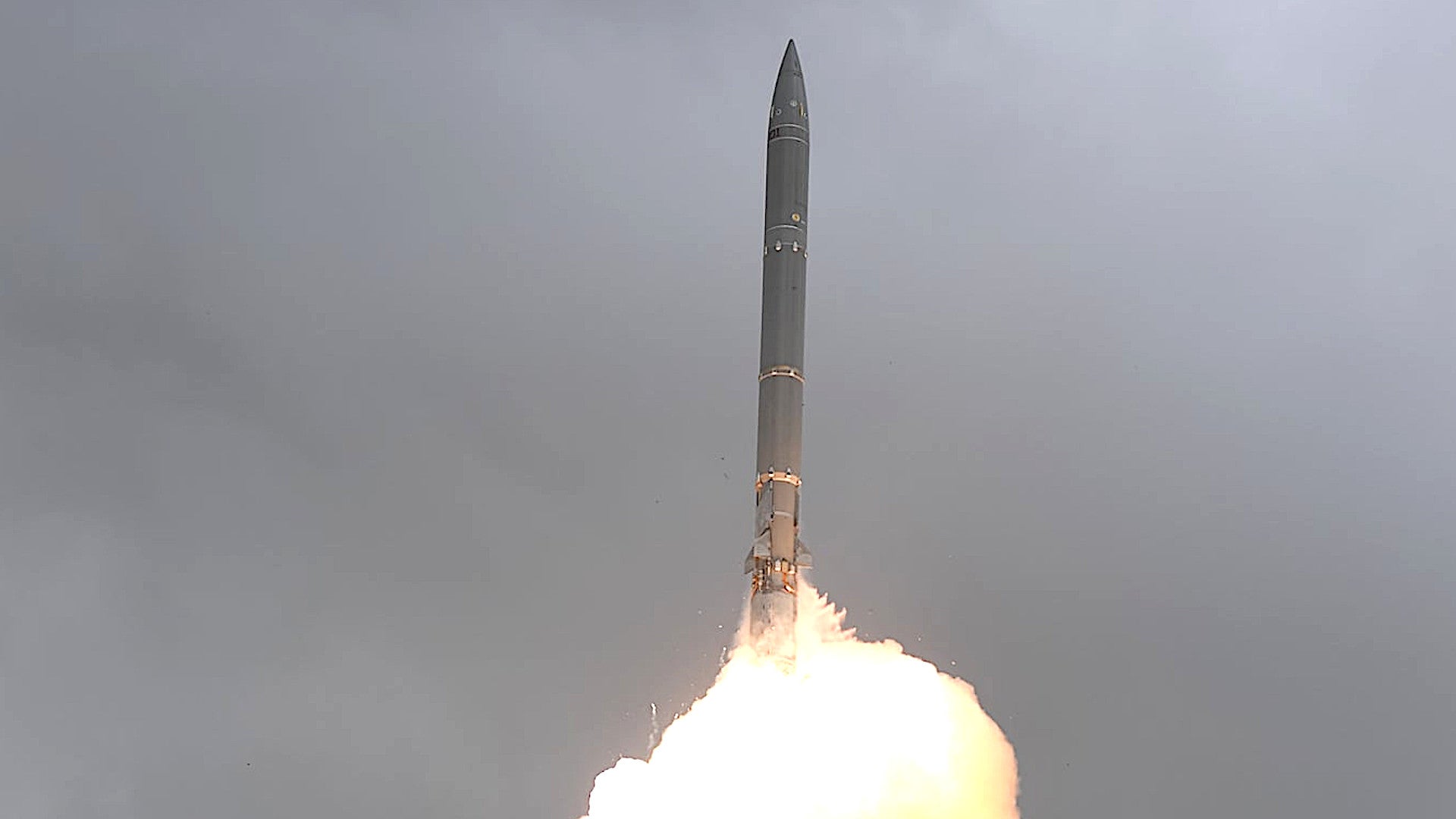India says that it has successfully tested a new supersonic anti-submarine missile. This missile carries a lightweight torpedo as its warhead and releases it over the designated target area, after which that weapon operates as normal and uses its own guidance system to seek out the enemy submarine. Dubbed the Supersonic Missile Assisted Release of Torpedo, or SMART, this could give Indian warships, and potentially shore-based units, a valuable additional stand-off tool in the face of growing submarine threats from adversaries, especially China.
The Defense Research and Development Organization (DRDO), Indian Ministry of Defense’s top research and development arm, announced the SMART test on Oct. 5, 2020. A ground-based, truck-mounted launcher was used to fire the weapon from Wheeler Island, just off the coast of northeast India in the Bay of Bengal.
“All the mission objectives including the flight upto [sic] the range and altitude, separation of the nose cone, release of Torpedo and deployment of Velocity Reduction Mechanism (VRM) [a parachute] have been met perfectly,” an official DRDO statement read. “The tracking stations (Radars, Electro Optical Systems) along the coast and telemetry stations including down range ships monitored all the events.”

Development of SMART began in 2016 and the goal is reportedly for the missile to have a maximum range of 650 kilometers, or just under 404 miles. It’s unclear how far the weapon flew in this particular test.
The missile’s warhead is Torpedo Advanced Light (TAL), also known as the Shyena. TAL, which is an acoustic homing torpedo, reportedly has an endurance of approximately six minutes, which translates to an operational range of around 10 miles at a maximum speed of 33 knots, giving it some additional time in which to find its target after hitting the water.
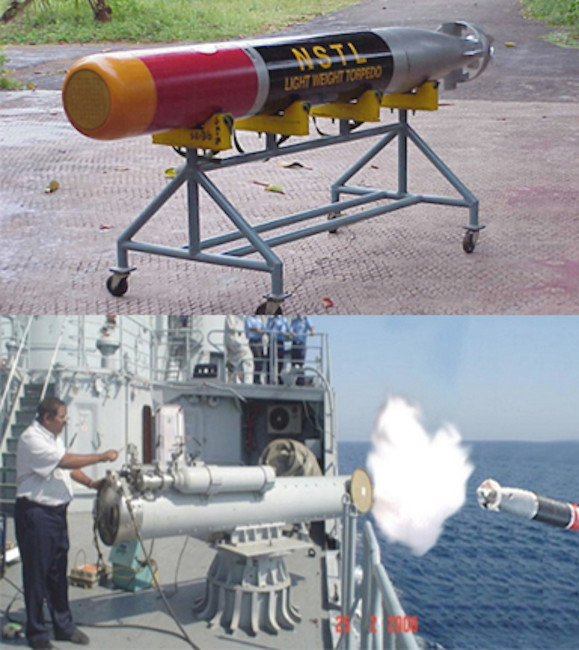
It’s important to note that anti-submarine missiles, as well as rockets, with torpedoes as warheads, are not new. For instance, the U.S. Navy fields the RUM-139 Vertical Launch Anti-Submarine Rocket (VL-ARSOC), which is fired from standard Mk 41 Vertical Launch System cells and carries a Mk 54 lightweight torpedo. Another example is the Russian RPK-6, a Soviet-era design that NATO also calls the SS-N-16 Stallion, which is curiously fired first into the water from a torpedo tube before blasting off into the sky, something you can read about in more detail in this past War Zone piece. There are also already at least one supersonic design, Japan’s Type 07 vertically-launched anti-submarine rocket, in service.
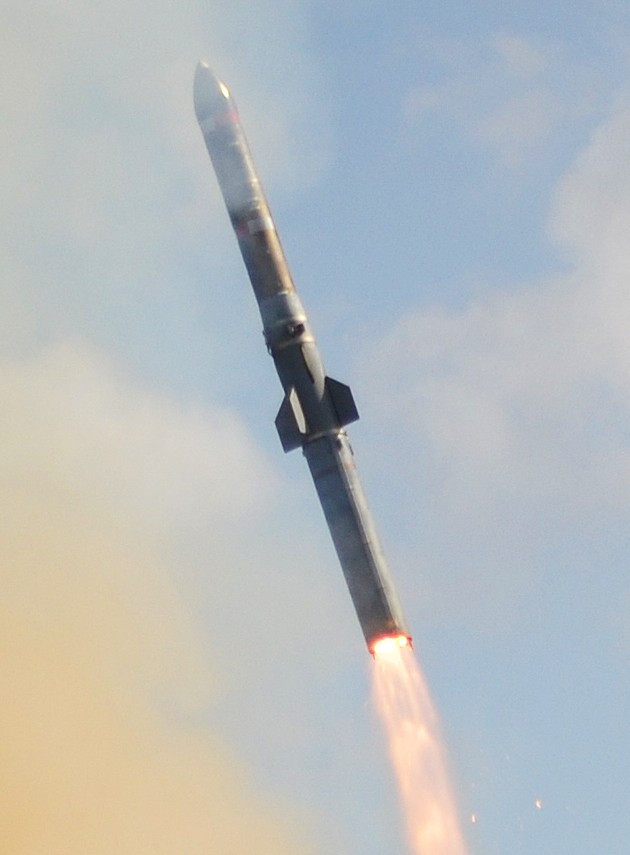


However, where India’s SMART differs most from any of these designs, is in its range. The Japanese Type 07 reportedly has a range of over 30 kilometers, or more than 18 miles. VL-ASROC’s stated range is approximately 22 kilometers, or just under 14 miles. The RPK-6 has a substantially greater maximum range compared to these weapons of some 60 miles, but that’s still a fraction of the distance DRDO is hoping that its weapon will be able to fly.
The test missile could be “a game-changer technology demonstration in the Anti-Submarine Warfare,” according to the official press release. If the weapon works as advertised and with sufficient surveillance capacity and networking to back it up, it will give any ship able to carry it a dramatically longer-range anti-submarine capability. Other ships, as well anti-submarine helicopters operating from them, such as the Indian Navy’s future MH-60R Seahawks, could potentially feed targeting information to vessels armed with SMART after finding enemy submarines, giving them additional flexibility to engage those threats rapidly. Other platforms, including maritime patrol aircraft, such as India’s P-8I Poseidons, a variant of Boeing’s P-8A Poseidon, could also help in spotting and tracking targets.

With a range of just over 400 miles, SMART also has the potential to be used in a ground-launched role against submarines detected attempting to get close to important coastal areas. Some reports have already indicated that DRDO is exploring land-based applications, but it is not clear if the launcher used in the recent test is indicative in any way of a potential operational system.

Getting the Indian Navy a longer-range anti-submarine weapon that is both more flexible and more responsive makes good sense given the growing submarine threat it faces from China and, to a lesser extent, Pakistan. India is facing the prospect of increasing Chinese naval and commercial maritime activity in the Indian Ocean and elsewhere in the Asia-Pacific, in general.
When it comes to submarines, China is notably continuing to steadily expand the size and overall capability of its submarine forces, especially with the addition of larger, more capable boats better suited to longer-range blue water operations. This includes nuclear and advanced conventionally-powered designs with air-independent propulsion (AIP) systems, which are quieter and therefore harder to detect than China’s older diesel-electric submarines.
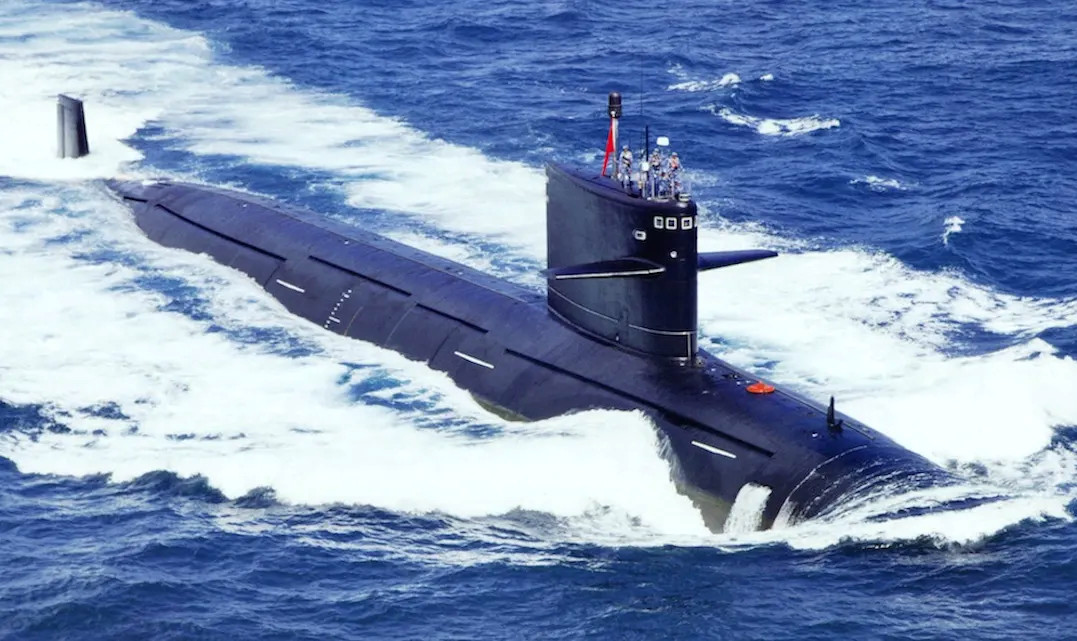
Pakistan has two Agosta-70 class submarines and three more Agosta-90B types, all of which were originally made in France. Tests were being carried out a few years ago on a nuclear-capable submarine-launched land-attack cruise missile that the Agosta-90Bs could fire, which would make them an important component of the country’s second-strike nuclear deterrent capability, as well.
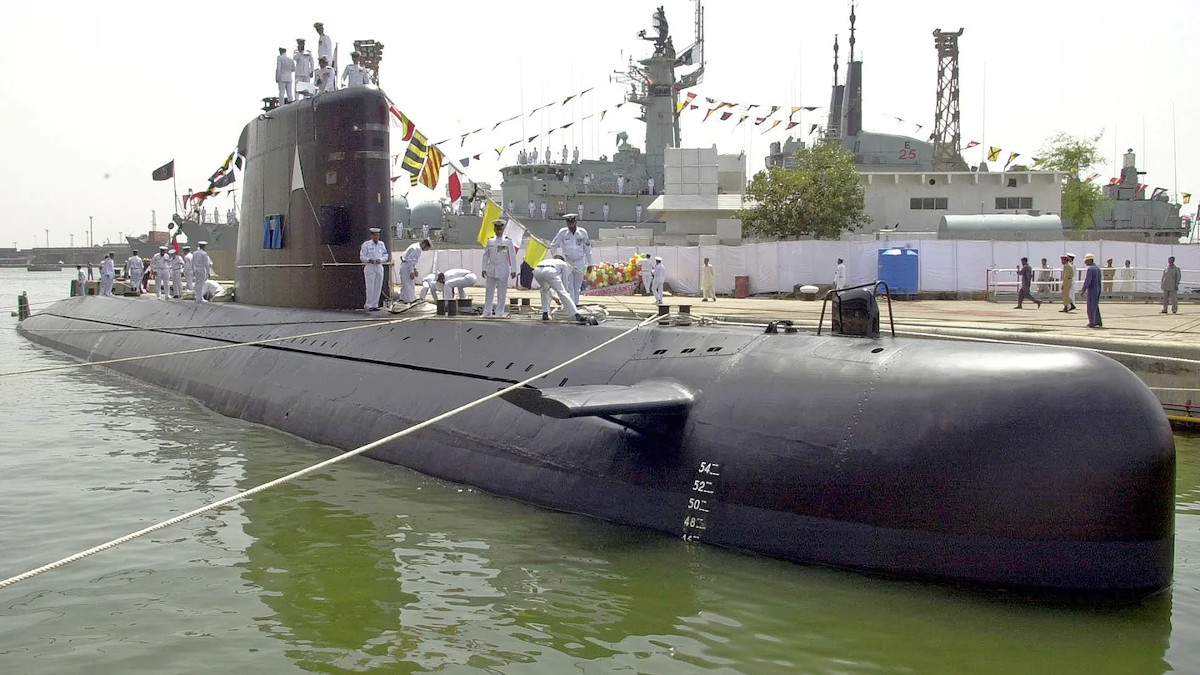
On top of this, Pakistan announced plans to buy eight new Type 039 submarines from China in 2015. These boats, none of which have yet been delivered, will reportedly be improved variants of that design with AIP systems. The Pakistani Navy is set to receive the first of these in 2023.
All of this comes as India has suffered its own trials and tribulations with its submarine fleets in recent years. In 2017, it emerged that all eight of India’s Sindhughosh class boats, a variant of the Russian Kilo class and the Indian Navy’s most numerous submarine type, had only one working periscope each, instead of two as designed. The ones that were working had no low-light-level or night-vision capability. There has been work since then to install new periscopes from U.S. defense contractor L3 Communications. However, last year, the INS Sindhukesari
suffered a fire while it was in the process of this refit, sidelining it for at least a month.
India’s first nuclear-armed ballistic missile submarine, INS Arihant, also suffered a mishap in which a hatch was mistakenly left open that left it out of commission for nearly a year. India’s second Arighat class submarine, the INS Arighat, which key to its own second-strike nuclear deterrent capability, is presently undergoing sea trials and is set to be commissioned before the end of the year.
Since 2007, the Indian Navy has also been working to select a new conventionally-powered attack submarine design as part of its Project-75 or P75I tender. That effort is looking to acquire a total of six new submarines and could be worth up to $7 billion in total. In January, Indian authorities announced that they had short-listed two domestic shipyards to work with the winner of the competition to build the boats in the country. Russia’s Rubin Design Bureau, France’s Naval Group, Spain’s Navantia, Germany’s ThyssenKrupp Marine Systems, and South Korea’s Daewoo Shipbuilding & Marine Engineering have all submitted bids.
Now, with SMART, India looks to be taking important steps to significantly bolster its anti-submarine capabilities, as well. As the future battlespace becomes more networked overall, the concept embodied in this weapon will become more relevant and other countries, including the United States, could well find themselves pursuing similar endeavors.
Contact the author: joe@thedrive.com
